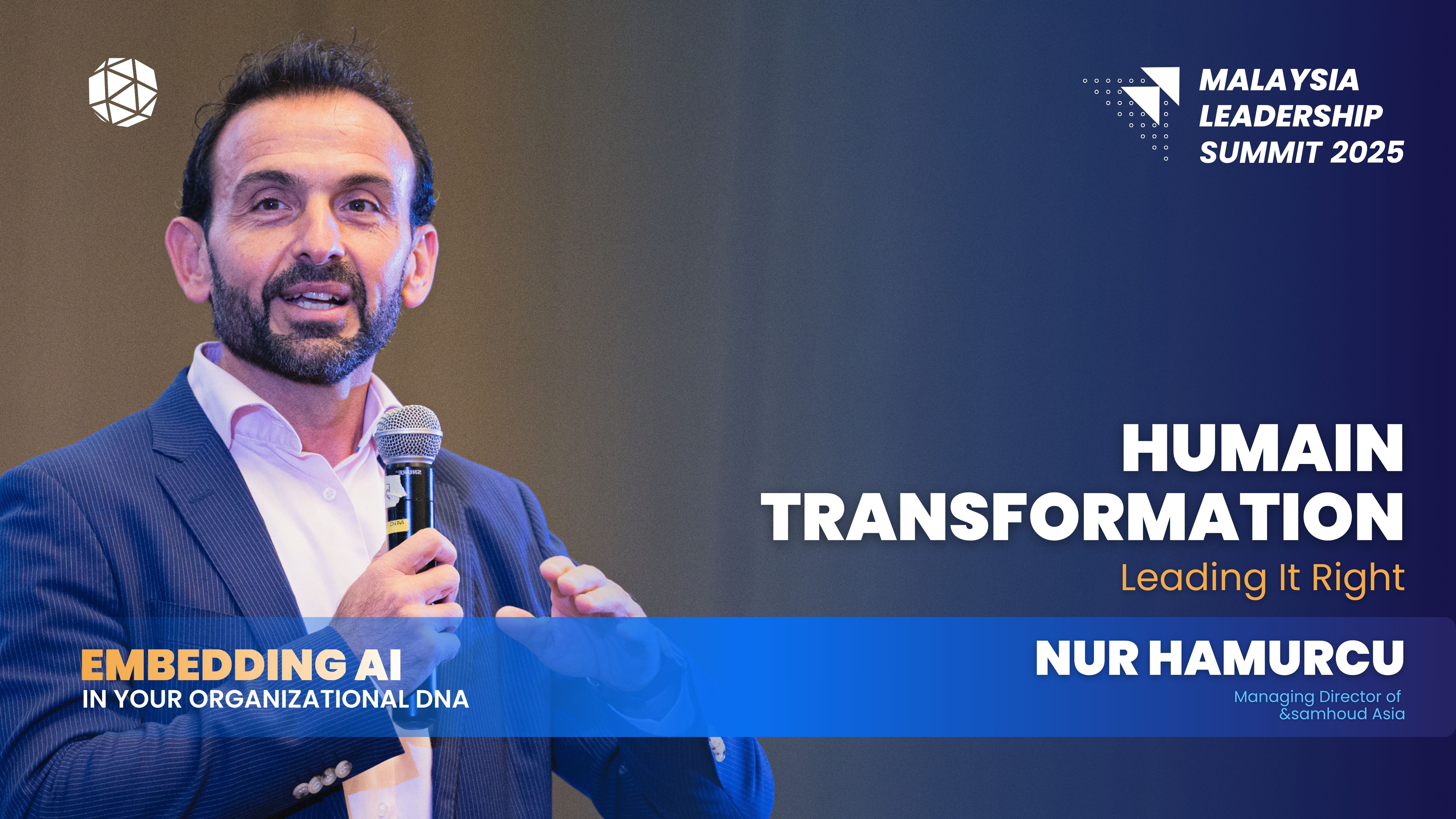Let's Lead People to be Their Best Selves

Outstanding leaders go out of the way to boost the self-esteem of their personnel. If people believe in themselves, it’s amazing what they can accomplish. – Sam Walton
When leaders coach their people, they often ask well-meaning questions that encourage employees to shape a specific future.
Questions such as, “Where do you see yourself in five years’ time?” and “What kind of training would you like to receive” can be useful, but they fall short in helping people to create their own vision.
The reason for this is partly because, when we ask these questions, employees can answer them according to what they think we want to hear as leaders. If we ask the question, “Where do you see yourself in five years?” and the employee answers, “I’m happy right where I am”, who are we to judge?
If we feel that such an answer is ‘wrong’, then we show that we’re really not interested in where the employee wants to be, but rather where we think they should be. We might say that the person ‘lacks ambition’ or has no vision. Employees know this and, as a result, will often give rehearsed answers to the same old questions.
But what if we focus instead on helping employees to create their own personal vision of how they would like to be, rather than what they might be doing in years to come? To ask employees to imagine their ideal selves has been shown by research to empower and inspire them, compared to asking questions that guide them to follow how they ought to be, which often leads to a demotivated team.
You may be interested in: Are You Searching For True Purpose In What You Do?
The greatest leader is not necessarily the one who does the greatest things. He is the one that gets the people to do the greatest things. – Ronald Reagan
The trouble with conventional questions is that, at best, they receive a well-rehearsed answer that’s neither authentic nor sincere. This isn’t the fault of candidates or existing employees – the current leadership paradigm sees to it that people tell us what they think we want to hear, rather than what they truly feel. Not only does this prevent deep connections being formed based on mutual understanding, but it also means that communication becomes mechanical rather than meaningful.
Let’s say we sit down with an employee and ask, “Where do you see yourself in five years’ time?” As leaders, we know that two things tend to happen: either people give a ready-made answer, or they find themselves caught off guard as they scramble for an answer. In either case, the kind of positive emotion that is associated with creativity, imagination and motivation is found lacking.
Compare that to asking an alternative such as:
“Imagine yourself in five years’ time. You’re in your dream job, established in your career, loving what you do…what does your life look like?”
Asking this kind of question – one that’s future focused and on the ideal self – employees are free to imagine a vision of how their life would be, rather than being guided to describe how they think their life ought to be.

The task of the leader is to get his people from where they are to where they have not been. ―Henry Kissinger
Traditionally, leaders have focussed on the needs of the business rather than the needs of their people (which is why so much of the world’s workforce identifies as being ‘not engaged’ in their role). Today, effective leaders recognise that supporting the needs of employees is the key to fulfilling the aims of the business. Everyone wins.
Some leaders might ask, “What if the employee’s vision doesn’t align with the organisation’s?” In my experience, it’s rare that a person’s own vision is entirely incompatible with their organisation’s mission. For example, an employee might want to start their own business in five years.
Great! As a leader, invite them to develop their entrepreneurial skills within the company: let them create projects, network, develop leads, build relationships… Like any good teacher, an effective leader will want to inspire their people to be their best possible selves, regardless of their plans for the future.
Perhaps an employee might say, “My dream job is to teach high school students to develop self-confidence and strong communication skills”. As part of any organisation’s CSR initiative, there’s surely scope to help an employee gain experience in this area, while continuing to perform in their existing role.
Success isn’t about how much money you make; it’s about the difference you make in people’s lives. – Michelle Obama
Being a leader is, at its base level, about understanding people’s motivations and harnessing those motivations for a noble purpose. There are of course exceptions (not all leaders have noble intentions), but the best leaders throughout history have shown their people the best of their potential, and helped them to manifest the greatness that lies within them.
Just as today’s successful salespeople serve people according to their needs and desires, successful leaders serve their people by helping them to develop a vision of their best selves, and walking with them until they reach that destination. As in sales, the days of demand-driven leadership are over.
Of all the leaders I have studied over the years, the greatest have lived according to one simple mantra: “It’s not what you can do for me, but what I can do for you.” This is the central tenet of true servant leadership and, if we work on getting it right, then we will continue to have the goodwill of employees, whether they continue on with us or not.
Read also: 13 Questions To Ask Yourself Every Day
Leadership
Roshan is the Founder and “Kuli” of the Leaderonomics Group of companies. He believes that everyone can be a leader and "make a dent in the universe," in their own special ways. He is featured on TV, radio and numerous publications sharing the Science of Building Leaders and on leadership development. Follow him at www.roshanthiran.com





